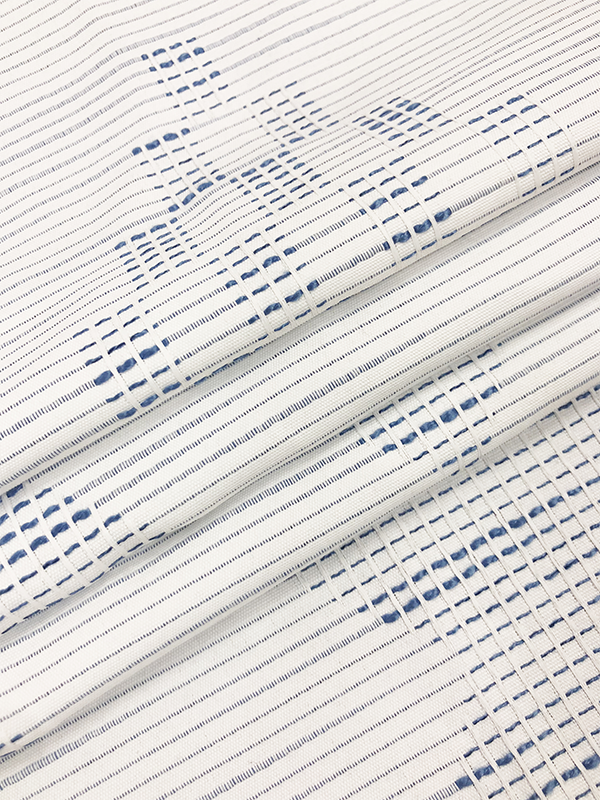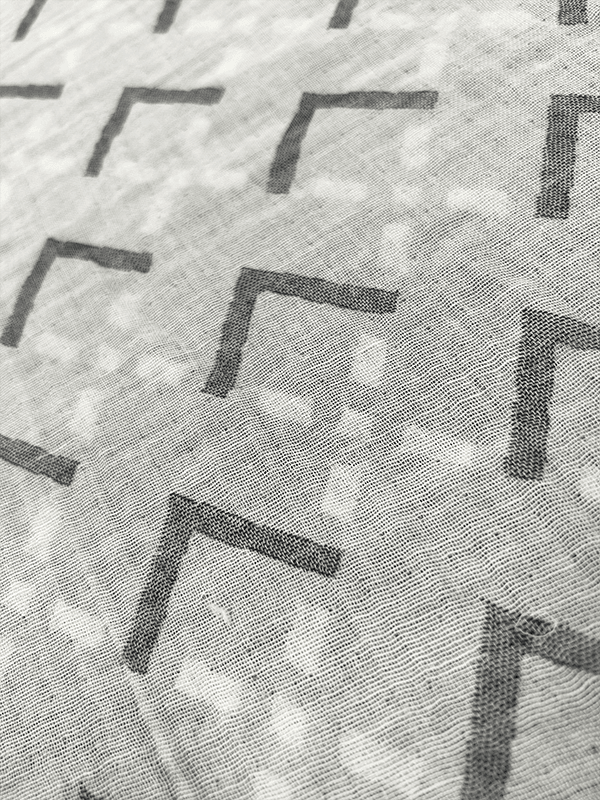Bedding is one of the most essential components of our daily comfort, and yet many people overlook the importance of the fabric used in sheets, pillowcases, and comforters. The term bedding fabric refers to the textile materials used in creating various bedding products, including sheets, duvet covers, blankets, quilts, and mattress protectors.
But what exactly makes a good bedding fabric? How does it affect your sleep quality, comfort, and even skin health?
This article explores the types of bedding fabrics, their key features, and how to choose the right one for your personal needs.
What Does “Bedding Fabric” Mean?
Bedding fabric is a broad term for any textile material that is used to manufacture bed linens and accessories. It includes a wide variety of natural and synthetic fibers, weaves, textures, and finishes. A good bedding fabric should be soft, breathable, durable, and easy to maintain. However, the ideal choice often depends on individual preferences, local climate, and usage.
The feel of your bed is largely determined by the type of fabric covering it — from the crisp coolness of cotton percale to the warm plushness of flannel or microfiber fleece.
What Are the Most Common Types of Bedding Fabrics?
Several materials are commonly used in the production of bedding fabric. Each has unique properties:
1. Cotton
One of the most widely used materials, cotton is prized for its breathability, softness, and durability. It comes in various types like:
Egyptian cotton: Luxuriously soft with long fibers.
Pima cotton: Highquality, similar to Egyptian.
Upland cotton: More common and affordable.
Cotton is ideal for allseason use and is known for being skinfriendly.
2. Linen
Made from the flax plant, linen is a natural, breathable fabric that becomes softer with each wash. It's perfect for warm climates due to its moisturewicking properties and airy texture.
3. Polyester
This synthetic fabric is budgetfriendly, wrinkleresistant, and highly durable. It's often blended with cotton to create polycotton fabrics that combine comfort and strength.
4. Microfiber
Made from very fine polyester fibers, microfiber bedding is soft, lightweight, and warm. It's especially popular for cooler climates or for those who want easycare, wrinklefree sheets.
5. Silk
Silk bedding is associated with luxury and comfort. It’s naturally hypoallergenic and great for sensitive skin. However, it requires more delicate care and comes at a higher cost.
6. Bamboo Viscose or Rayon
A sustainable and ecofriendly option, bamboo bedding is soft, antimicrobial, and highly breathable — great for people with allergies or hot sleepers.
How Does Bedding Fabric Affect Sleep?
The quality of bedding fabric can directly influence how well you sleep. Here’s how:
Temperature Regulation: Breathable fabrics like cotton and linen help regulate body temperature, reducing night sweats or chills.
Moisture Wicking: Some fabrics absorb moisture better, keeping the sleeper dry and comfortable.
Texture and Softness: Rough or syntheticfeeling sheets can cause irritation or discomfort, while soft fabrics promote relaxation.
Allergen Resistance: Certain materials, like bamboo or silk, naturally repel dust mites and bacteria — ideal for allergy sufferers.
Durability: Highquality fabric maintains its shape and softness over time, contributing to a consistently comfortable sleep environment.
What Factors Should You Consider When Choosing Bedding Fabric?
Selecting the right bedding fabric involves balancing several factors based on your personal needs:
1. Climate and Season
In hot weather, choose light and breathable fabrics like cotton or linen.
In cold climates, opt for heavier options like flannel or microfiber fleece.
2. Skin Sensitivity
Natural fibers like cotton, silk, and bamboo are better for sensitive skin.
Avoid lowquality synthetics that may cause irritation.
3. Maintenance and Care
Polyester and microfiber are easy to care for — wrinkleresistant and fast drying.
Linen and silk require more delicate washing and handling.
4. Budget
Premium materials like Egyptian cotton and silk are more expensive.
Cotton blends and microfiber are costeffective without compromising much on comfort.
5. Aesthetic and Feel
Choose a weave and finish that suits your personal style — sateen for shine, percale for crispness, flannel for coziness.

How Is Bedding Fabric Manufactured?
The manufacturing of bedding fabric typically involves:
1. Fiber selection (natural or synthetic)
2. Spinning into yarns
3. Weaving or knitting into sheets of fabric
4. Dyeing and printing to add color or patterns
5. Finishing to enhance softness, resistance, or appearance
Some fabrics may also undergo special treatments like antipilling, wrinkle resistance, or antimicrobial coating to improve performance and longevity.
What Are the Latest Trends in Bedding Fabrics?
As consumers become more conscious of health and the environment, new trends are emerging:
Ecofriendly fabrics: Bamboo, organic cotton, and recycled polyester.
Smart textiles: Thermoregulating and moisturesensing bedding for enhanced comfort.
Minimalist and neutral palettes: Textures and colors that promote a calming sleep space.
Luxury and hotelstyle bedding: High thread counts, sateen finishes, and oversized sizes for comfort.
Conclusion
Bedding fabric is more than just a layer between you and your mattress — it plays a vital role in your comfort, sleep quality, and even health. With various materials like cotton, linen, polyester, bamboo, and silk to choose from, finding the right fabric comes down to understanding your personal preferences and sleeping habits.
Whether you prioritize softness, breathability, easy maintenance, or sustainability, there's a perfect bedding fabric out there that can elevate your nightly rest. Invest in the right fabric, and you’ll not only improve your sleep — you’ll enhance your overall wellbeing.

 English
English 中文简体
中文简体 Español
Español عربى
عربى












